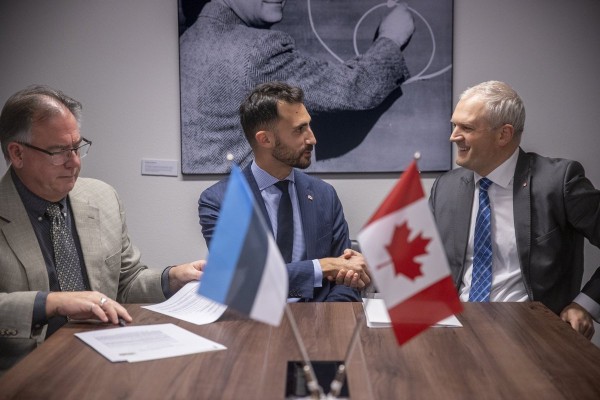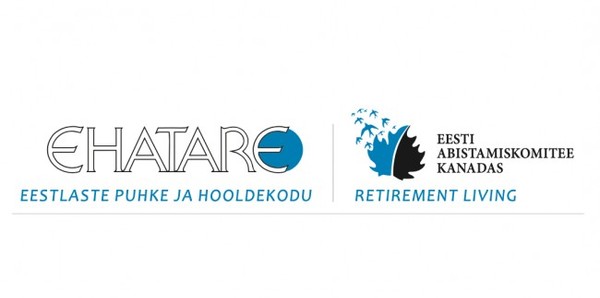This August 20th will mark the 20th anniversary of the restoration of Estonian independence. We can in retrospect ask what contribution, fn any, exile Estonians had in the re-gaining of independence? The ill-informed accuse Estonian exiles in the west of claiming credit for being instrumental in Estonia re-gaining its freedom and sovereignty. In fact Estonians in the west have never claimed the role of the liberator of Estonia.
However, refugee Estonian played a major part in a very crucial aspect of the liberation and self-determination process. It was in helping to maintain the steadfast Western adherence to the de jure non-recognition of Estonia’s annexation by Soviet Russia. This was a significant factor, in 1991, in the swift and unhindered re-establishment of diplomatic relations between western countries and Estonia which in turn helped to solidify the restoration of independence.
The World Book Encyclopedia, prior to August of 1991 published this: “Estonia …was an independent country for 22 years. But in 1940 Russia [sic] seized Estonia and made it a state of the USSR. It is now called the Estonian Soviet Socialist Republic . Many countries, including the United States do not recognize the Russian [sic] seizure of Estonia. Such countries recognize Estonian diplomats and consuls who still function in many countries in the name of their former governments.”
The “republics” of the Soviet Union were unquestionable ruled directly by the Kremlin. All political, economic and military policies and decisions originated from Moscow and were enforced generally through the Communist party. Consequently Estonia, Latvia and Lithuania differed little from Ukraine, Kazakhstan, Armenia, etc., with one important exception – the Russian Federated SSR was unlike the other “republics”. It was the ethnic and infrastructural nucleus of the Soviet empire and had simply replaced the empire of the czars.
In the eyes of the west, however, the three Baltic States had another significant difference from the other parts of the USSR. It was a political/historical feature, which was crucially meaningful for Lithuanian, Latvian and Estonian expatriates and also for many Western governments. In the understanding of many Westerners it was an obscure difference, but a vital source of lobbying for the cause of the self determination of the Baltic States. It gave expatriate activists a legitimate sense of mission. It was the refusal by many Western governments to recognize the de jure annexation of the Baltic states. In fact they were considered by many to be occupied.
The diplomats and diplomatic missions of the Baltic states (the legendary Ernst Jaakson in New York, Ilmar Heinsoo in Toronto, to name a few) became an accepted and perhaps even an expected consequence of the most devastating military disaster of the 20th century. Undeniably these missions and their activities were a serious annoyance for the Soviets. How else could one explain the vast resources and energy that were spent by Soviet propagandists who devoted extensive sections of books and booklets distributed in the West in trying to maliciously discredit the “diplomats-in-exile”. Canadian officials have indicated that any acknowledgement of the Baltic honorary consuls in Ottawa by their presence in the guests’ gallery in parliament or attendance at an official function would trigger a vehement protest by the Soviet embassy via diplomatic note.
Skeptics, referred to by some as realists, insisted that the support of the diplomatic missions which represented de facto non-existent countries were counter-productive efforts in symbolic futility that didn’t justify the cost of being diverted from more viable approaches.
Laas Leivat (To be cont’d.)

Estonian diplomacy before 1991, a boost for restoration of independence
Arvamus
TRENDING
























